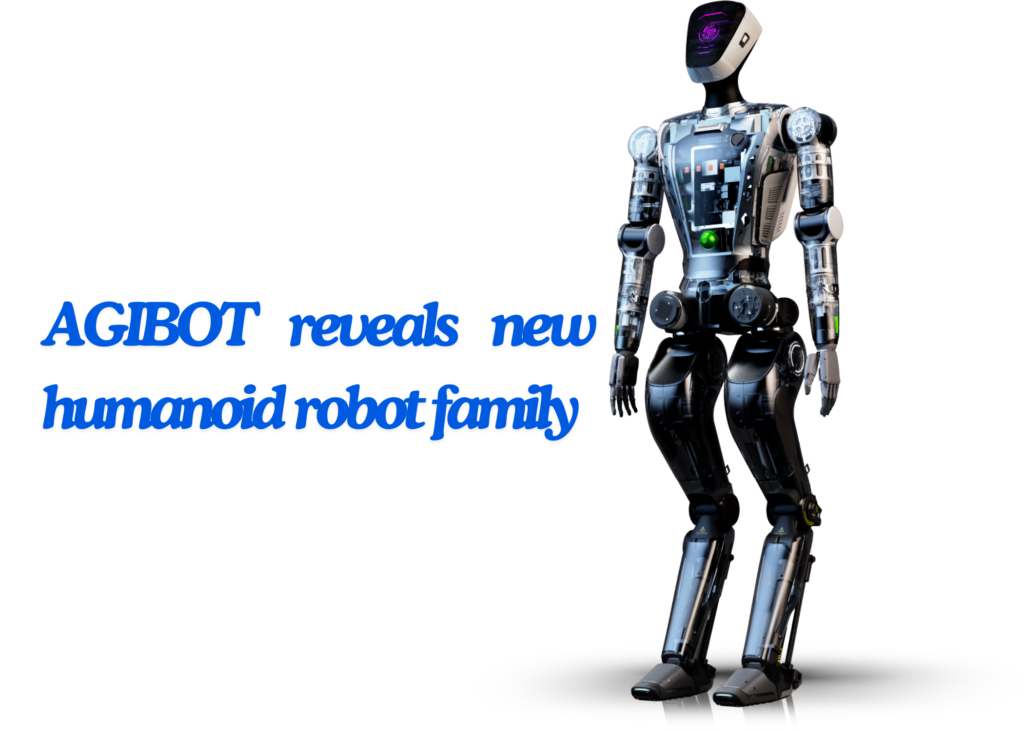Unveiling the Next Generation of Humanoid Helpers
In a bold move that could shake up the robotics industry, former Huawei prodigy Peng Zhihui has unveiled a new generation of humanoid robots through his company, Agibot. These robots, designed to tackle household chores and offer personal assistance, are being positioned as direct competitors to Tesla’s much-anticipated Optimus bot.
Read more: Humanoid Robots Take a Giant Leap with “Living Skin” Breakthrough
“We’re not just building another robot,” Peng declared at the launch event. “We’re building a future where robots are an integral part of our everyday lives, making them easier, safer, and more enjoyable.”
Currently, Agibot’s robots are focused on performing tasks like fetching objects, cleaning, and providing companionship. While still in the early stages of development, the company has ambitious plans to expand their capabilities, envisioning a future where these robots can perform a wide array of tasks, from cooking and gardening to assisting the people older than 70 and disabled.
“The potential of the humanoid robot market is enormous,” says Dr. Sarah Chen, a robotics expert at MIT. “We’re on the cusp of a revolution that could transform the way we live and work.”
Industry analysts predict the humanoid robot market will explode in the coming years, with some estimates suggesting it could be worth over $50 billion by 2030. The potential applications are vast, spanning industries from healthcare and manufacturing to retail and hospitality.
However, the path to widespread adoption is paved with challenges. “Battery life, cost, and safety are major hurdles that need to be overcome,” explains Chen. “Robots also need to be able to navigate complex and unpredictable environments, and interact with humans in a natural and intuitive way.”
Peng and his team at Agibot are undeterred. “We’re tackling these challenges head-on,” he asserts. “We believe that with continued innovation and collaboration, we can create a future where robots are not just tools, but companions and helpers.”
The implications of Agibot’s foray into humanoid robotics extend far beyond the company itself. This development signals a growing race to bring sophisticated robots into our homes and workplaces, a race that could redefine the relationship between humans and machines. It’s a future that’s both exciting and uncertain, filled with possibilities and potential pitfalls. As we stand on the brink of this new era, one thing is clear: the robots are coming, and they’re coming faster than we might think.



